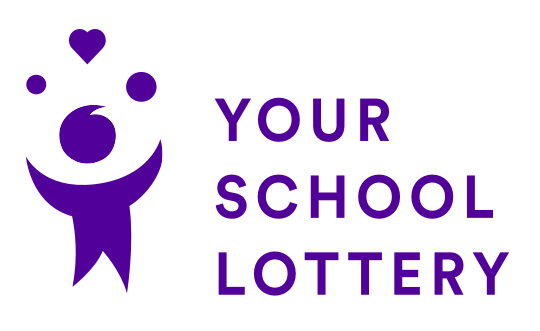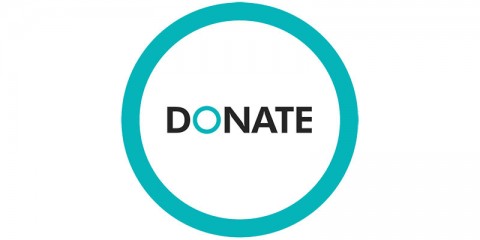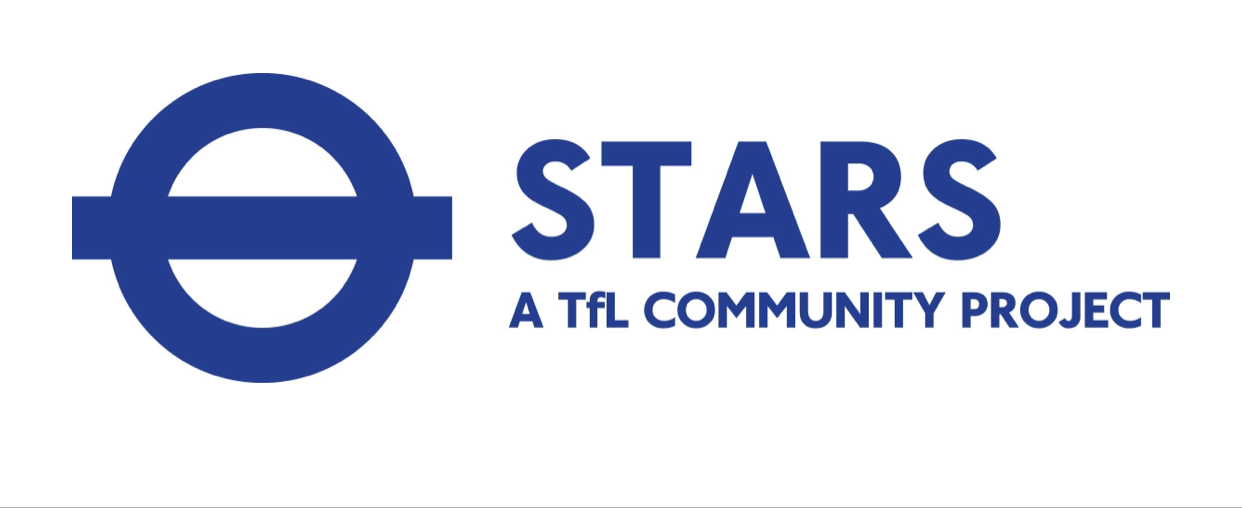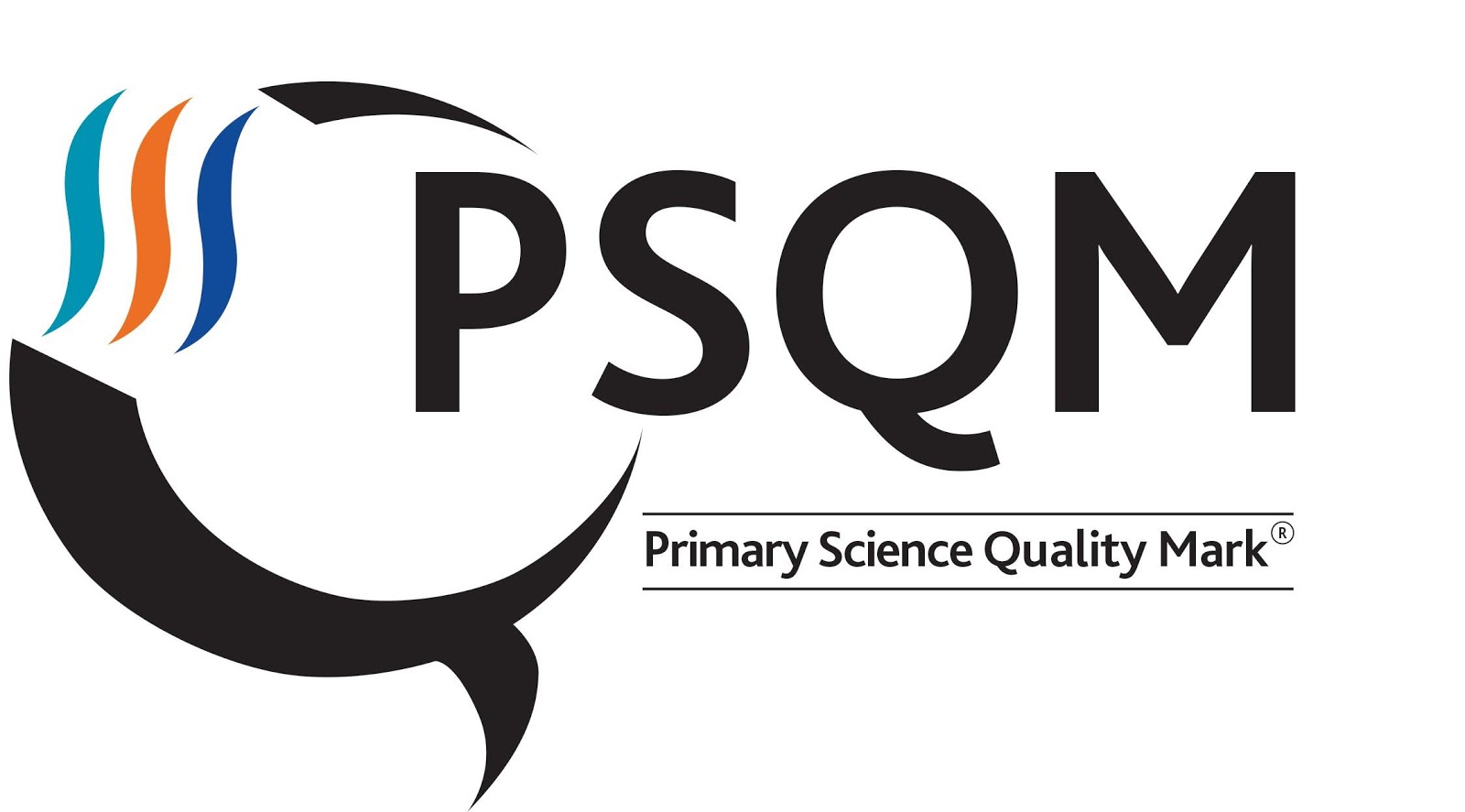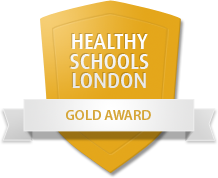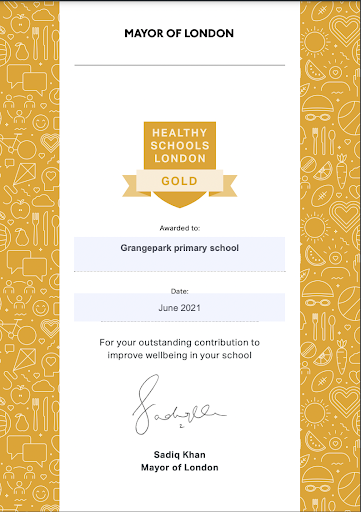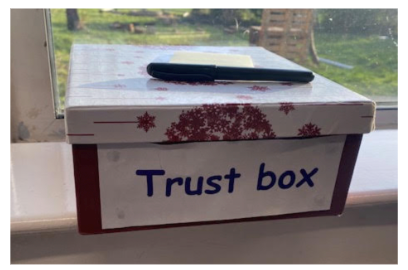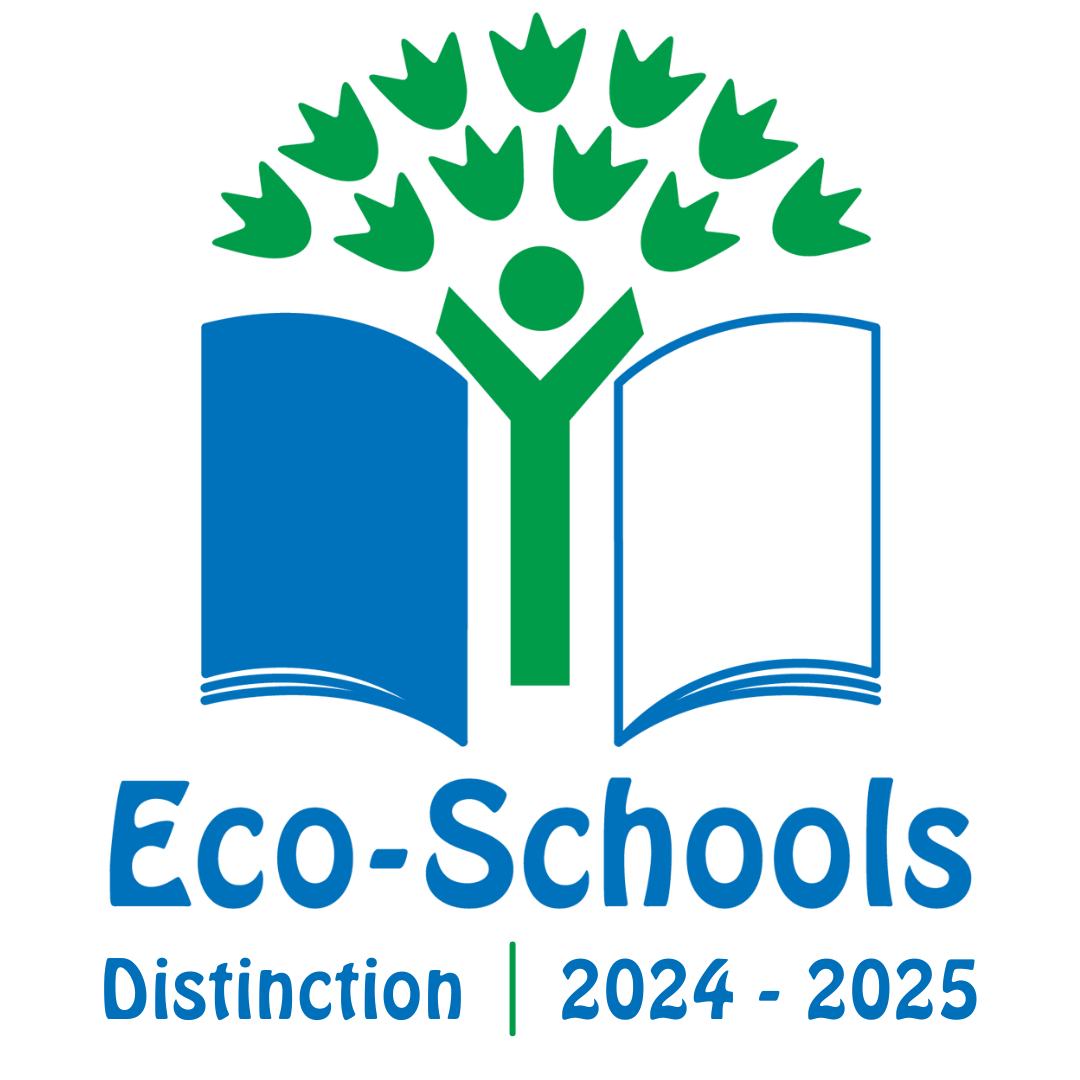Curriculum
Curriculum Intent
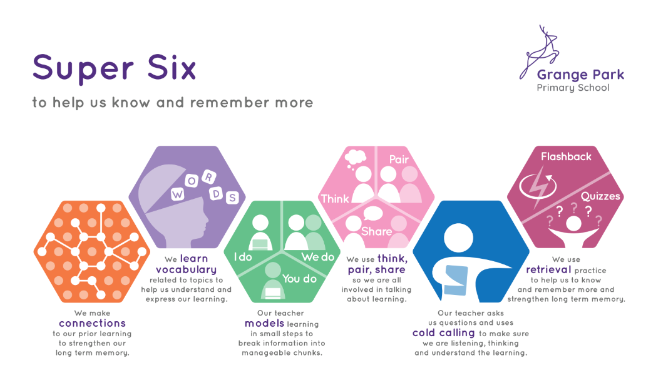
At our school, we are committed to helping children understand how they learn by developing their metacognitive skills. Metacognition involves thinking about one’s own thinking—understanding what strategies work best for learning, monitoring progress, and adjusting approaches as needed. By teaching children to reflect on their learning processes, we empower them to become more independent, confident, and effective learners.
Our "Super Six" plays a vital role in this by highlighting six key strategies that make learning visible and accessible. These strategies encourage children to actively engage with their learning, organise information, and build strong memory connections. For example, making connections helps children link new knowledge to what they already know, creating a framework for deeper understanding. Learning vocabulary equips them with the language needed to articulate their learning. Modelling learning in small steps ensures that complex ideas are broken down into manageable parts, making them easier to master.
Through strategies like Think-Pair-Share, children practise discussing and sharing ideas, which helps them refine their understanding and learn collaboratively. Cold calling ensures all students remain engaged and ready to contribute, while retrieval practice strengthens long-term memory by encouraging children to recall previously learned information.
These strategies are not just tools for academic success—they are foundational skills for lifelong learning. By consistently referencing the Super Six in lessons and daily routines, we help children build a toolkit of strategies they can use to approach challenges, reflect on their progress, and take ownership of their learning journey. This focus on metacognition prepares them to think critically, solve problems, and thrive in a variety of learning environments.
The poster is displayed prominently in classrooms, used as a screensaver on childrens’ Chromebooks, and serves as a focus for regular assemblies where one strategy is explored in depth each half-term. This approach not only supports children in understanding how they learn but also equips them with the tools to become confident, independent, and lifelong learners.
We view the curriculum as the totality of every planned and unplanned experience or interaction that pupils encounter within our school. It informs every aspect of our practice and culture from academic content to the personal development of characteristics and virtues.
Our curriculum aims to improve the life chances of all pupils by ensuring each child becomes:
A successful learner who enjoys learning, makes good progress, achieves well and has a clear understanding of how learning happens.
A confident individual with a body of knowledge which enables them to live a safe, healthy and fulfilling life.
A responsible, respectful and active citizen who is empathetic and has the strength of character to contribute positively to society including on a range of community and global issues.
We ensure our pupils experience a broad and balanced curriculum and have a long-term memory of an ambitious body of knowledge. Our coherently planned curriculum uses the National Curriculum as the basis for subject content and expectations. It is planned and sequenced, so that new knowledge and skills build on what has been taught before, towards clearly defined end points. It informs what pupils need to know and be able to do to reach those points. We have structured this through our long term planning documents, criteria for progression of concepts, half-termly curriculum connections maps, knowledge organisers and session planning.
Curriculum content is underpinned by research-based understanding of how pupils learn, in particular the frequent retrieval of previously learned content, making connections to previous knowledge and experiences to strengthen pupils understanding and knowledge over time. To achieve this, we build in explicit teaching of curriculum connections across and between subjects, as well as flashbacks or retrieval practice.
Our curriculum reflects our school’s local context by addressing typical gaps in pupils’ knowledge and skills and is designed to give all pupils, particularly disadvantaged pupils and SEND pupils, the cultural capital they need to succeed in life through our Curriculum Drivers of growth mindset, community, environment and language development. These shape every aspect of school life, are embedded in teaching and learning and develop the child as a whole.
"The school has a sense of community and works hard to provide a high quality education for all pupils. The curriculum is broad and balanced and provides a range of enrichment opportunities. My child has made excellent progress so far and thoroughly enjoys school" - Reception parent




